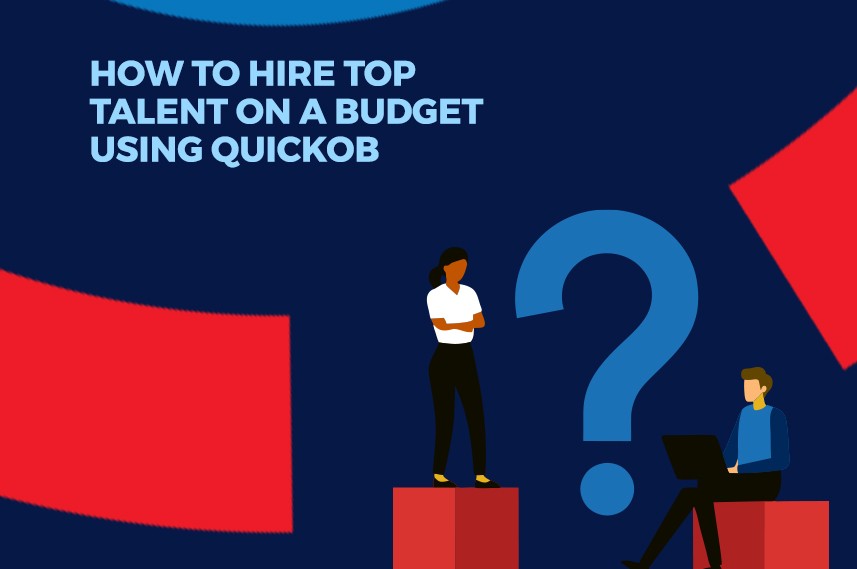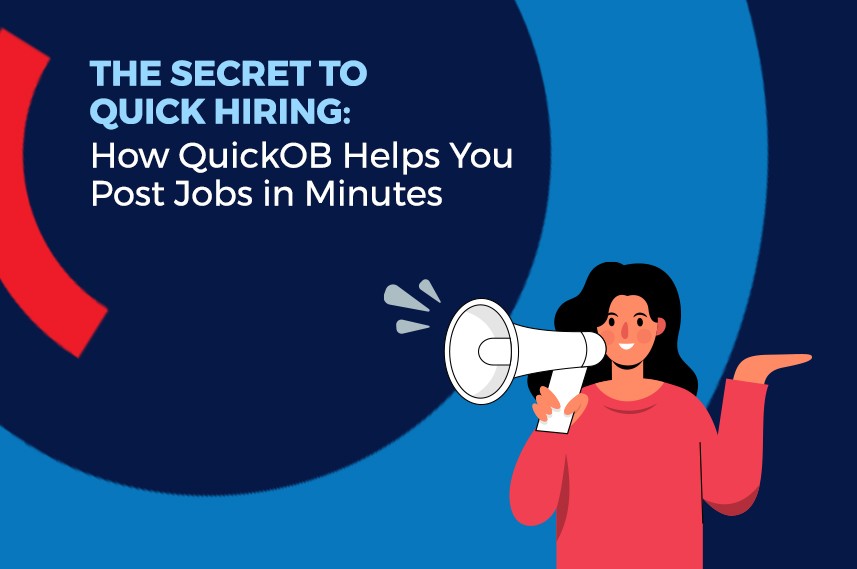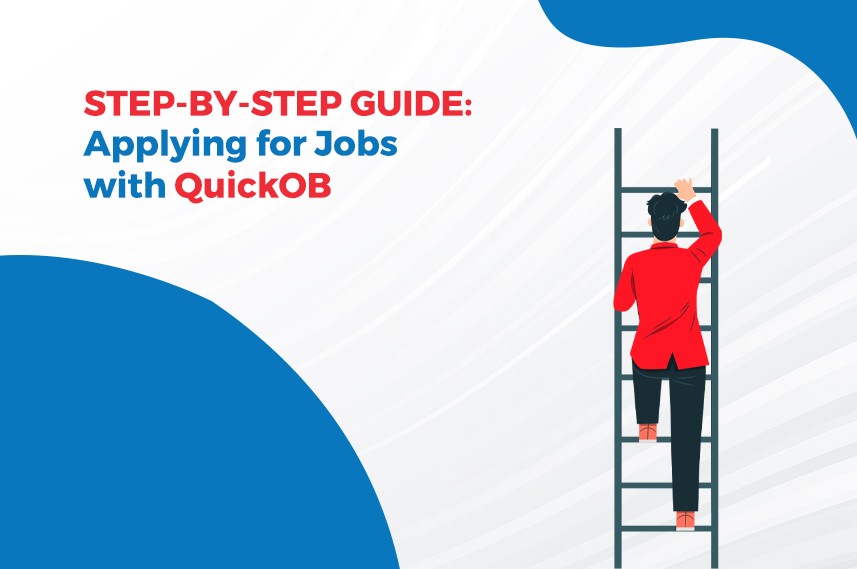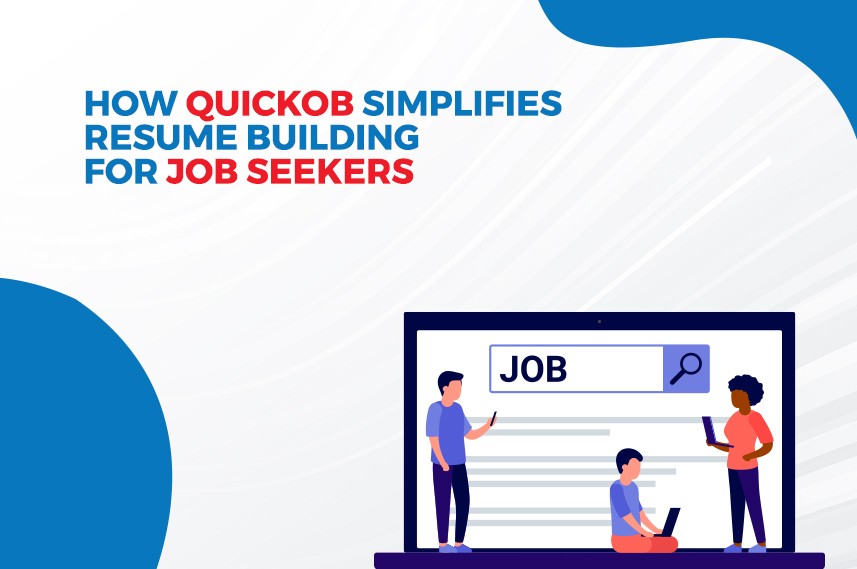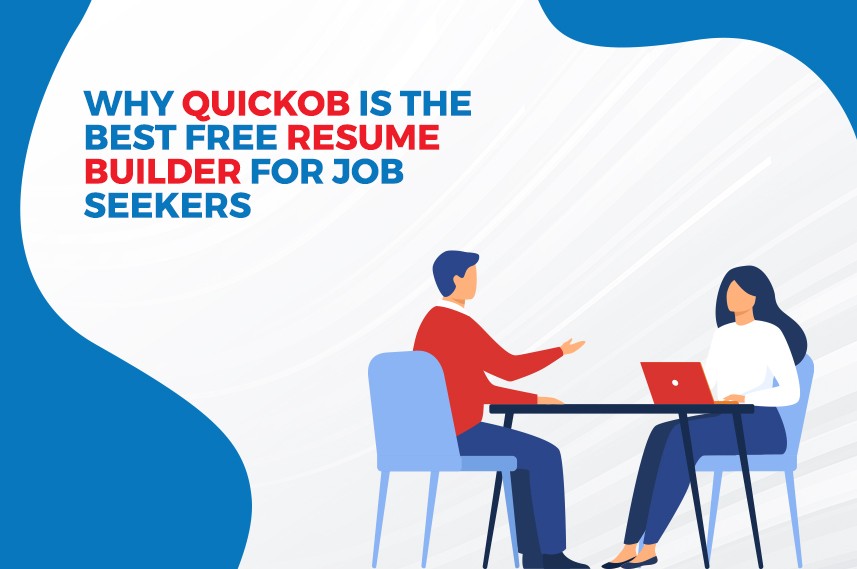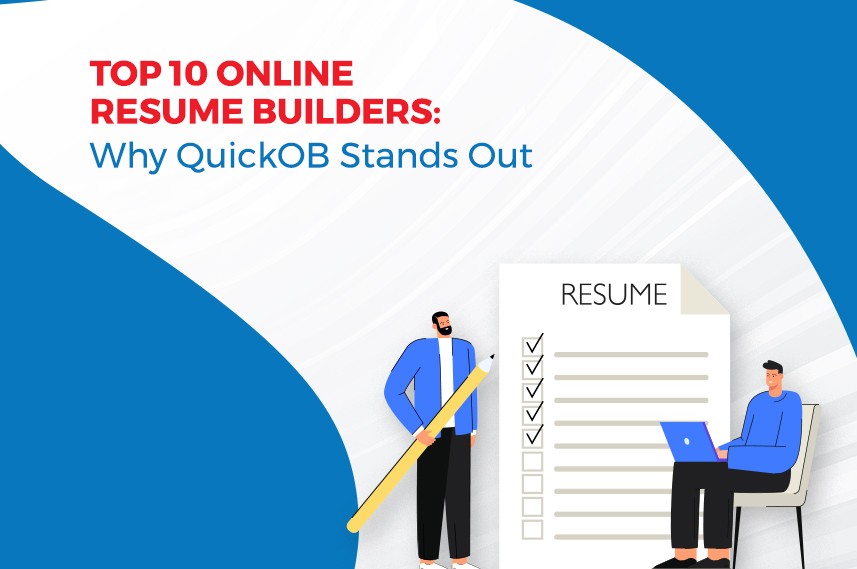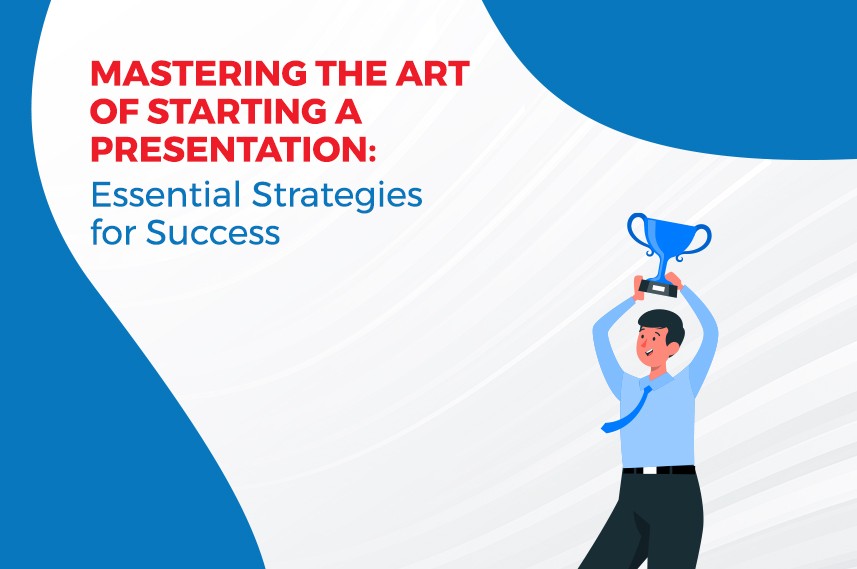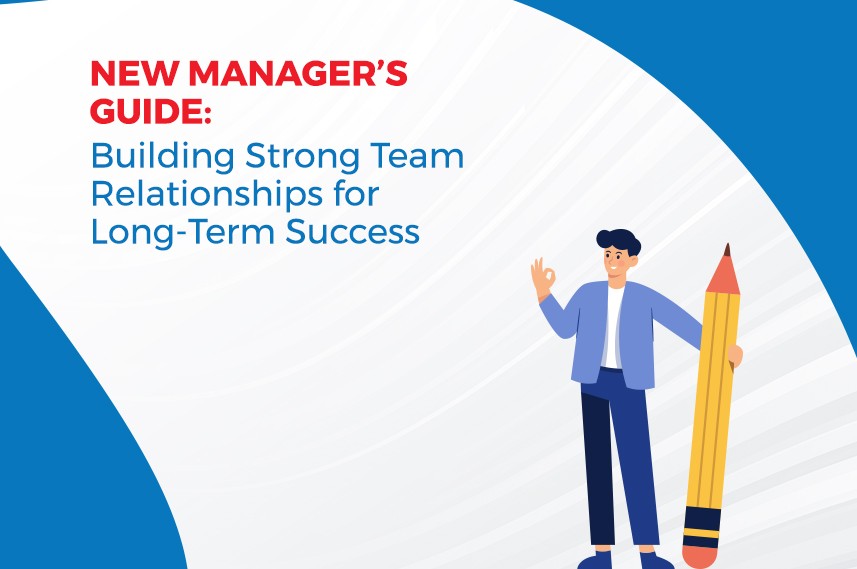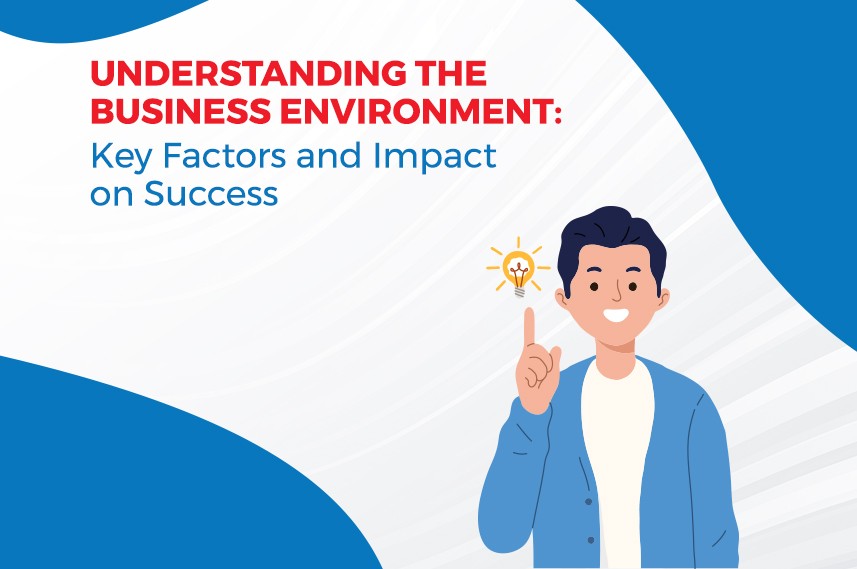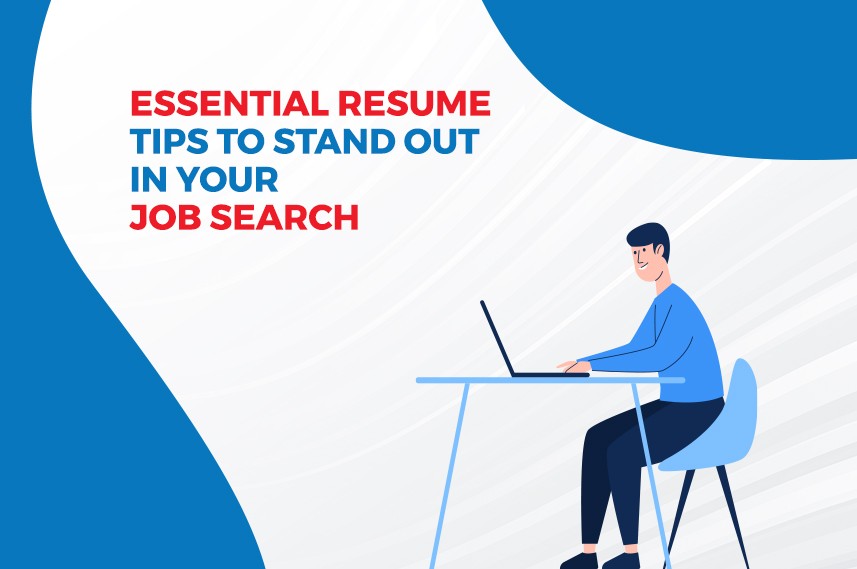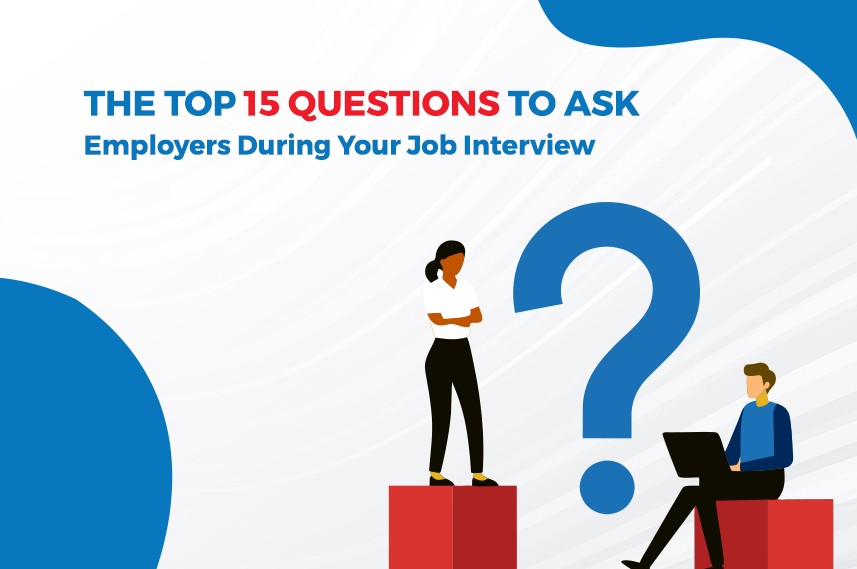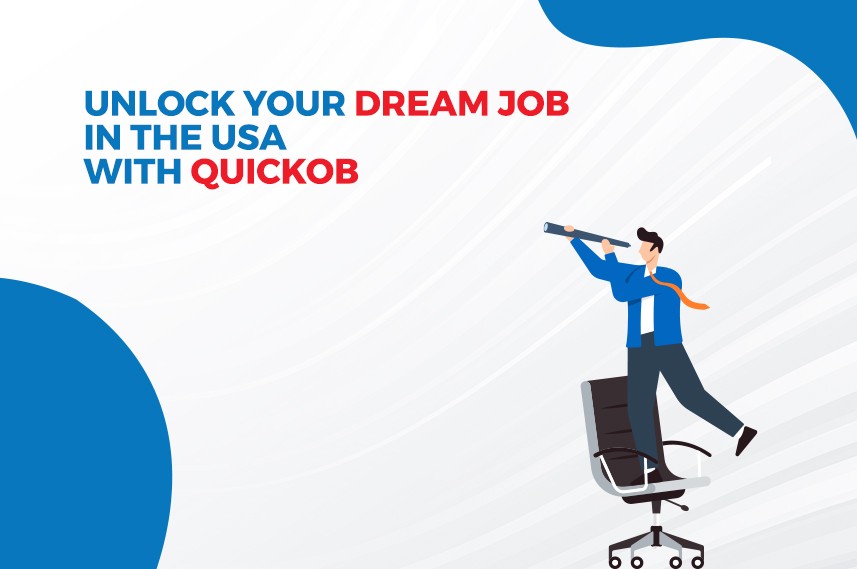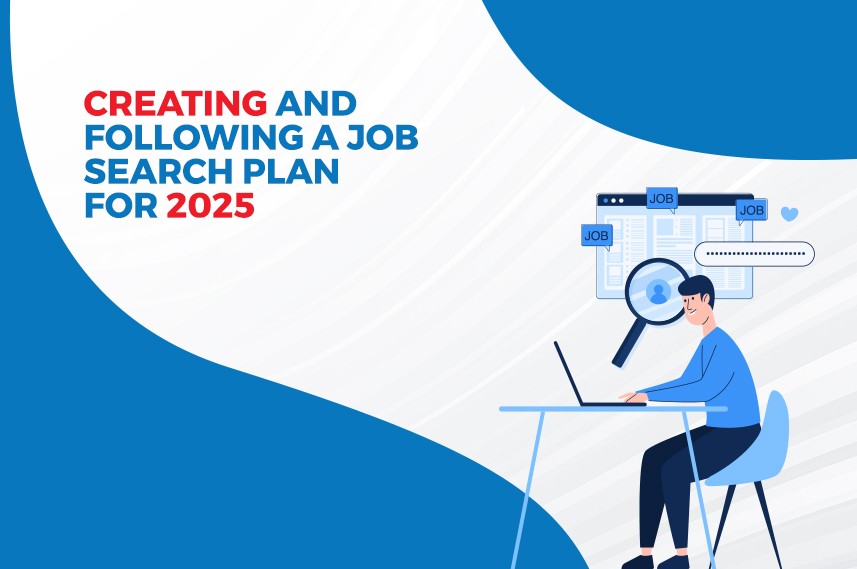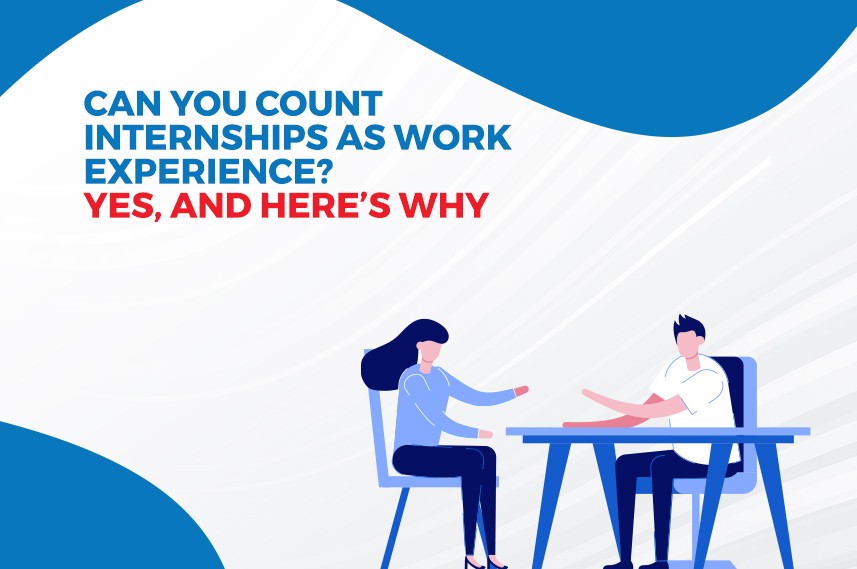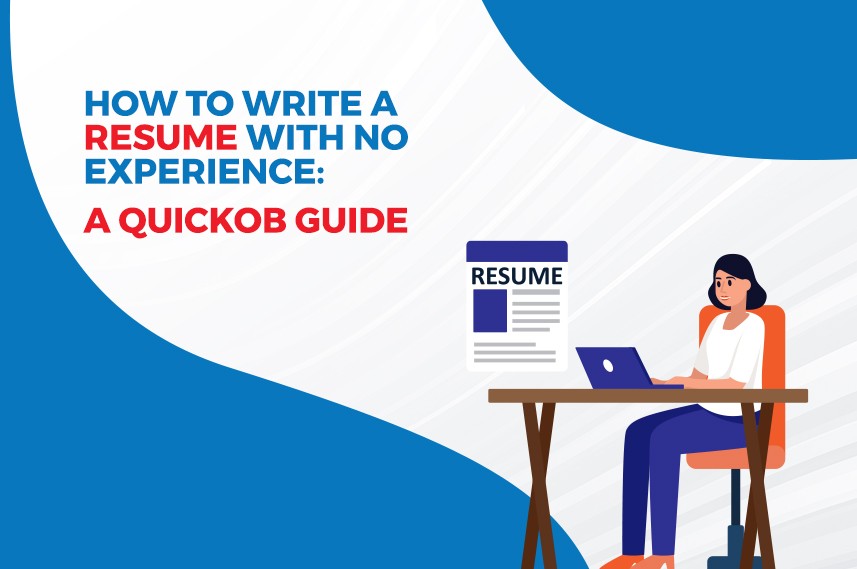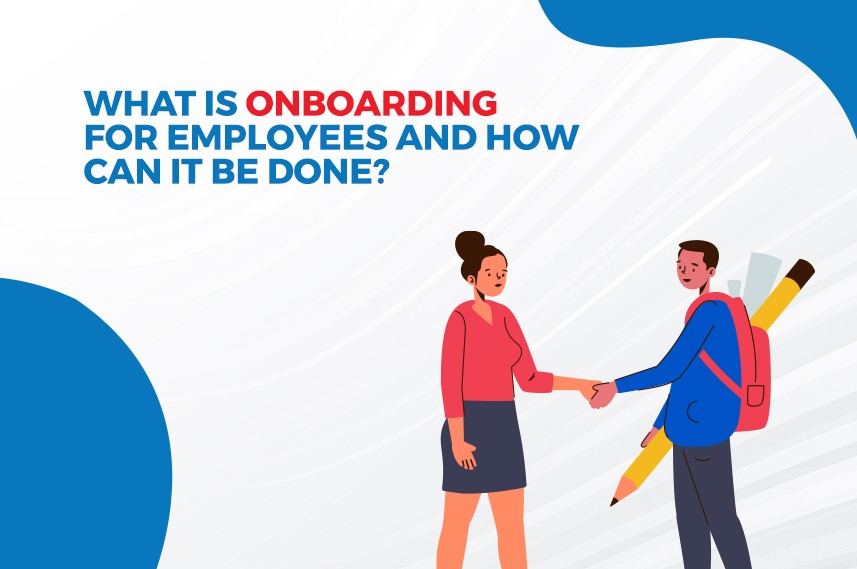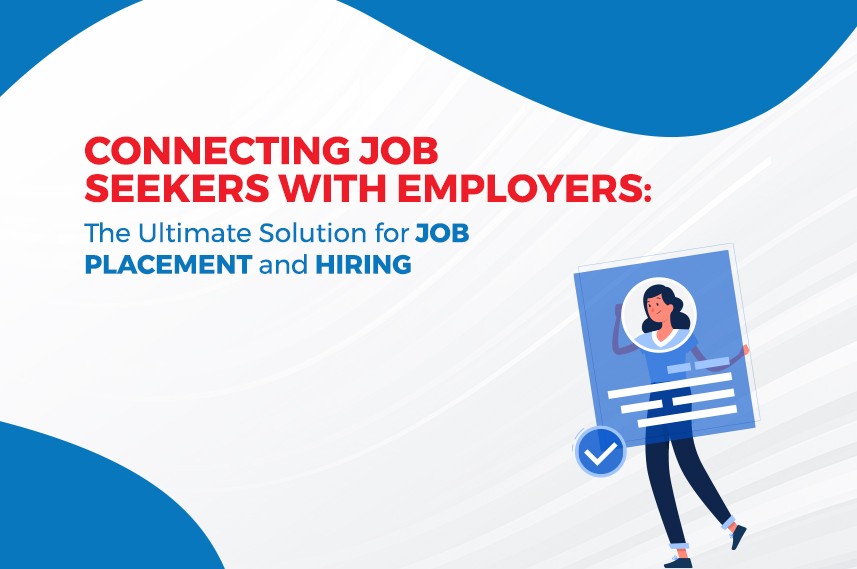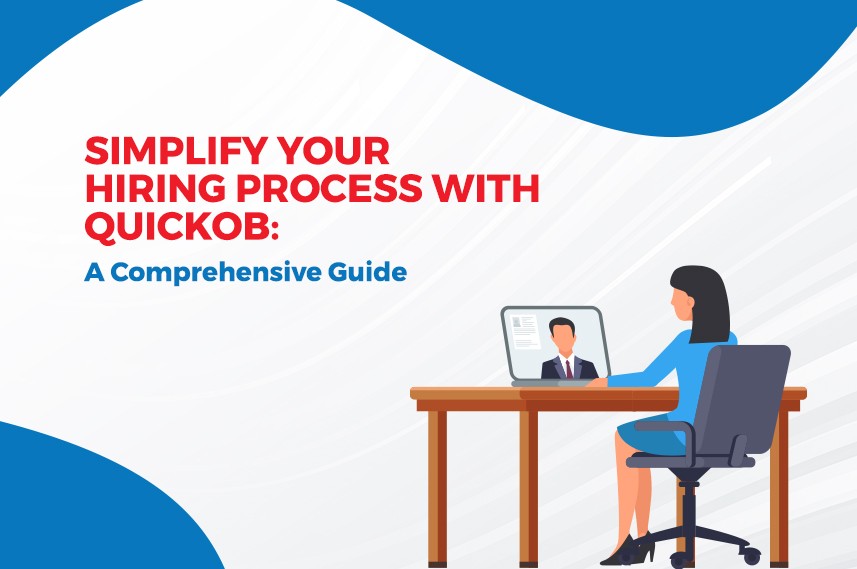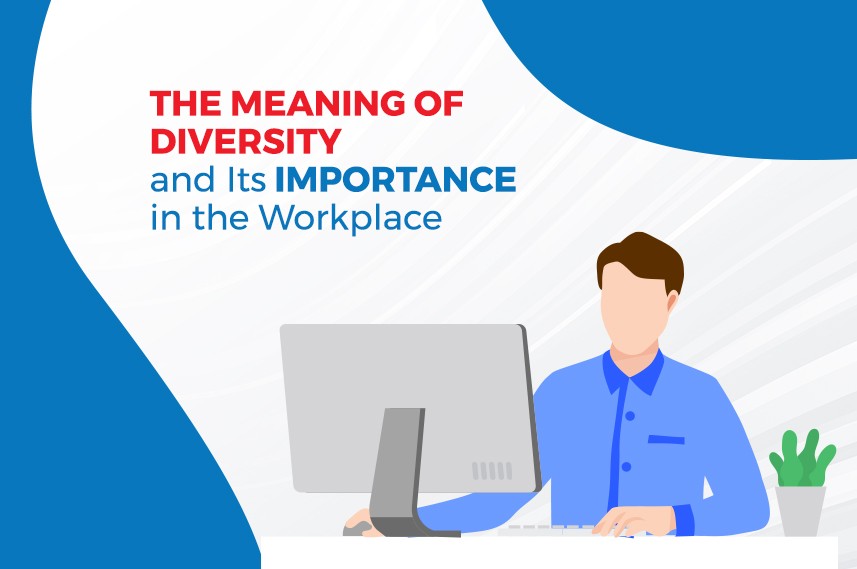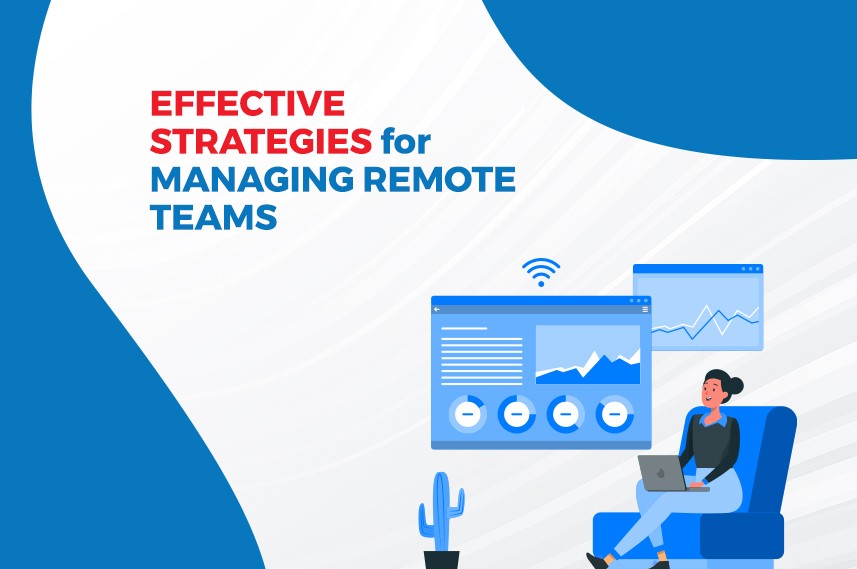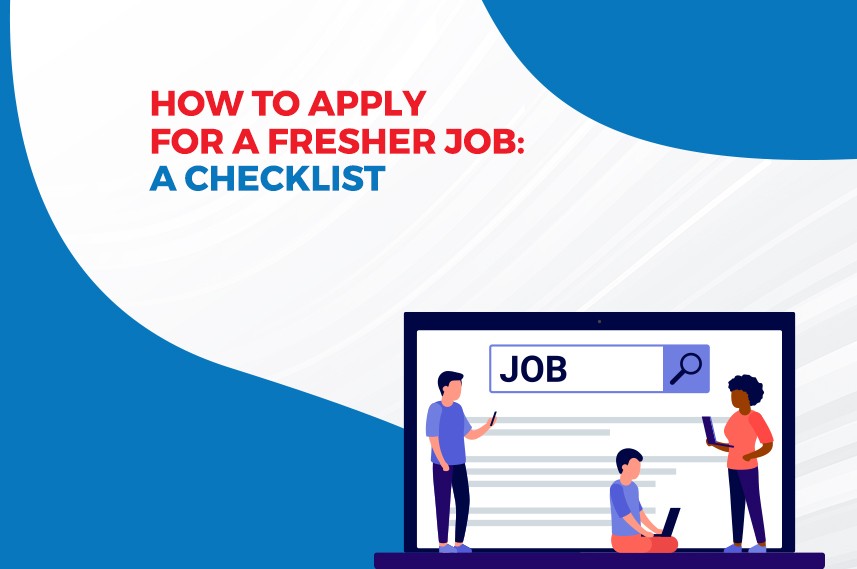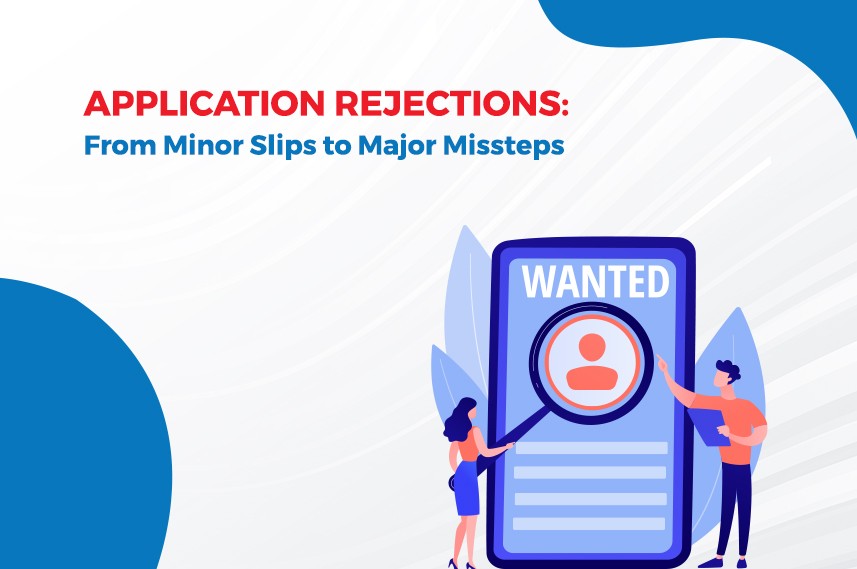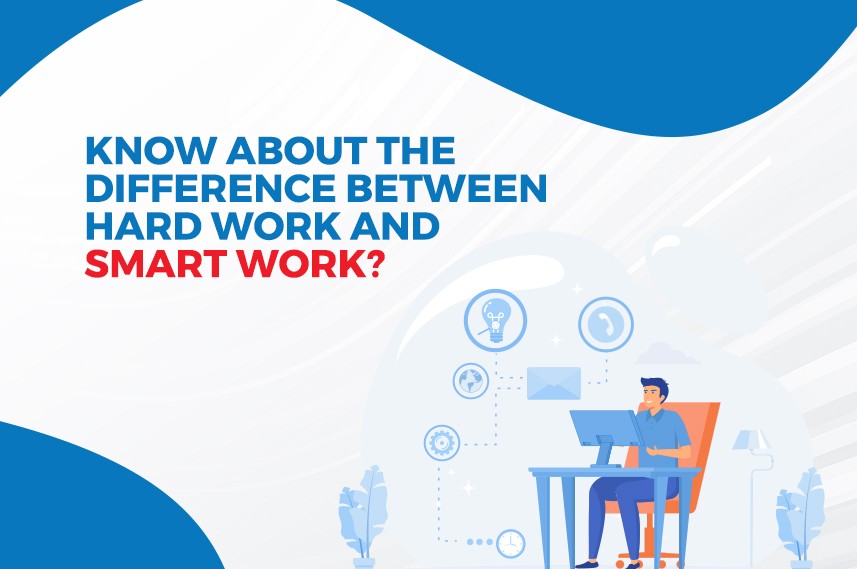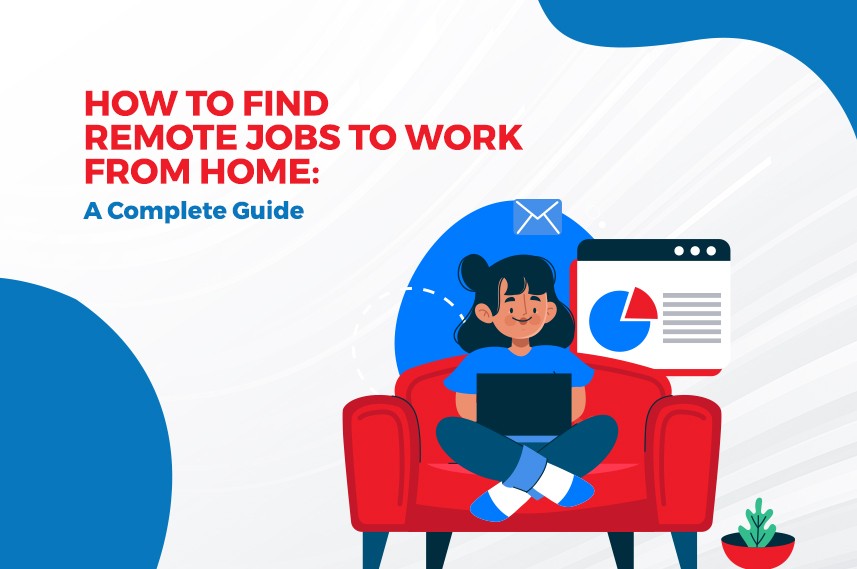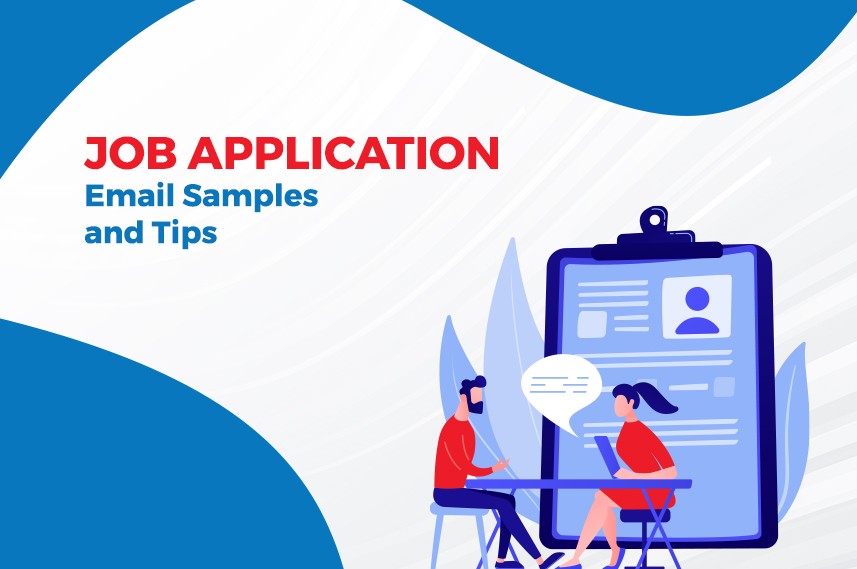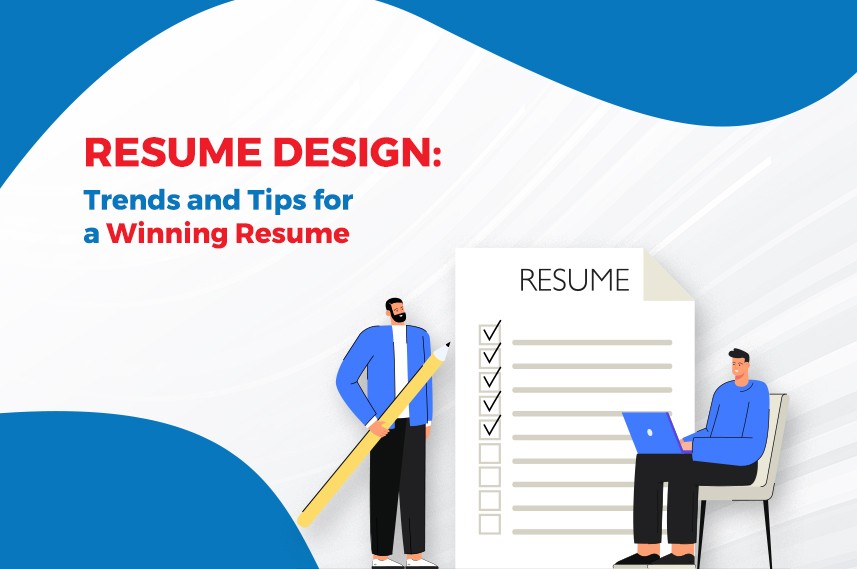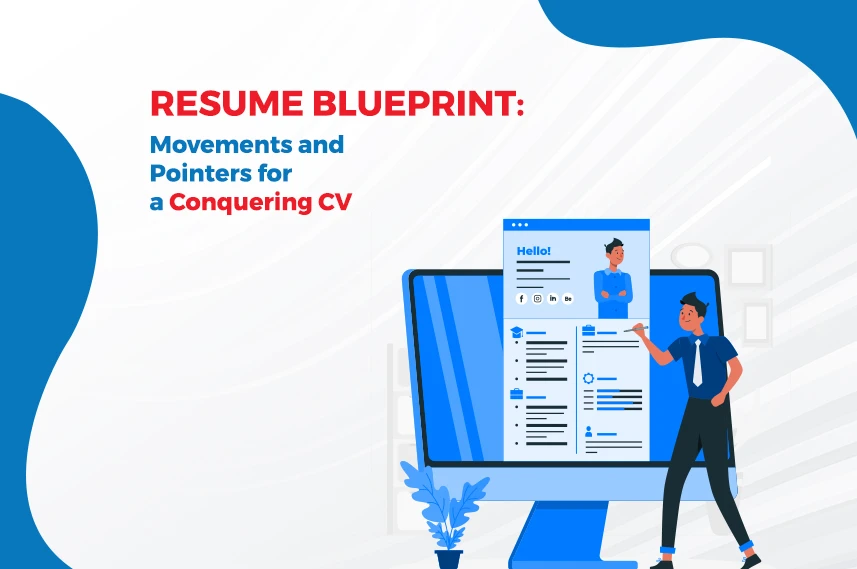In today's competitive hiring landscape, small businesses often find themselves struggling to attract top talent while staying within budget. The traditional recruitment channels, though effective, can quickly become costly and time-consuming. Fortunately, platforms like QuickOB are changing the hiring game...
Blog
In today’s competitive hiring landscape, small businesses face a unique set of challenges. From limited HR resources to tight budgets, finding the right candidate quickly can feel like a race against time. This is where QuickOB emerges as a game-changer....
In today's fast-paced job market, job seekers need a streamlined and efficient way to find the best opportunities. QuickOB is a powerful QuickOB hiring platform that simplifies the QuickOB hiring process, helping candidates connect with top employers. Whether...
In today’s competitive job market, a well-crafted resume is the key to unlocking career opportunities. Whether you’re a recent graduate or an experienced professional, having a strong, tailored resume can make all the difference in landing your dream job. This...
In today’s competitive job market, having a well-structured and professional resume is crucial. Job seekers need a resume that stands out to recruiters and hiring managers. That’s where QuickOB, a leading job-matching platform, comes in. QuickOB offers a seamless QuickOB hiring platform and a...
In today’s competitive job market, having a professionally crafted resume is crucial for standing out among job seekers. With the rise of digital hiring platforms, online resume builders have become essential tools for career advancement. Among the various options available,...
Delivering a presentation is a fundamental skill in professional and academic settings. Whether you are presenting in a corporate meeting, pitching an idea to investors, or speaking at a conference, how you begin your presentation determines its impact. A...
Stepping into a managerial role goes beyond overseeing tasks and meeting deadlines. Successful leadership is about building meaningful connections that drive collaboration, innovation, and long-term team success. A manager’s ability to foster trust and camaraderie directly impacts team morale,...
Every business operates within a dynamic landscape influenced by various external and internal forces. These factors collectively form the business environment, shaping decisions, strategies, and overall success. From economic trends to technological advancements, businesses must navigate these elements to...
In the professional world, writing a reference letter is a common yet crucial task. Whether you're endorsing a former colleague, employee, or student, crafting the right letter can make a significant impact on their career opportunities. At QuickOB, your...
A technical interview is often the final step toward landing your dream job in the tech industry. These interviews test not only your technical skills but also your problem-solving abilities and confidence. At QuickOB, a trusted career platform in...
Your resume is your first opportunity to make a strong impression on potential employers. It serves as a snapshot of your professional journey, showcasing your skills, achievements, and experiences. At QuickOB, we understand how critical a polished resume is to...
When preparing for a job interview, many candidates focus primarily on answering questions to impress potential employers. However, asking thoughtful questions can be just as important. Not only does this demonstrate your interest in the position, but it also helps...
Recruitment is the cornerstone of building a successful team and ensuring the growth of an organization. As companies continue to evolve, so do the methods of recruitment. Whether you're a job seeker or an employer, understanding the various recruitment methods...
In today’s dynamic job market, finding the perfect opportunity can feel like searching for a needle in a haystack. Whether you're a recent graduate or someone looking for a career switch, navigating through countless job postings and figuring out the...
Nowadays, finding the right job requires more than just sending out resumes. Creating a job search strategy for 2025 aligned with your career goals and leveraging the latest tools is crucial. A well-thought-out plan can make all the difference in...
Internships are often a stepping stone into the professional world, providing hands-on experience, industry knowledge, and valuable skills. But a common question arises for many job seekers: Can internships be counted as work experience? The answer is a resounding yes....
Receiving a verbal job offer is an exciting milestone in your career journey. It’s a sign that the employer values your skills and sees you as a great fit for the role. However, knowing how to respond appropriately is crucial...
In today's competitive job market, showcasing your professional affiliations on your resume can set you apart from other candidates. Adding these affiliations not only highlights your dedication to your field but also reflects your network, expertise, and commitment to professional...
In today’s competitive job market, being labeled as an “overqualified job candidate” can be a surprising and frustrating challenge. While it might seem like your extensive experience and skills should give you an edge, some employers might see this as...
Creating a resume when you have no prior job experience can feel like a daunting task. However, with the right strategies and structure, you can craft a compelling document that highlights your strengths and showcases your potential. At QuickOB,...
Organizations must ensure that their employees are properly onboarded. It is the bridge between hiring a new employee and making them a productive part of the team. In the USA, hiring is competitive and keeping employees is vital. A good...
In the now fast-paced world, the job market is way more competitive than it ever has. Employers are constantly seeking skilled workers, while job seekers are looking for the perfect role to match their skills and aspirations. A streamlined...
Recruitment can be a daunting task, especially for small businesses. Finding and onboarding the right talent can take a lot of time and resources. That’s where QuickOB comes in. QuickOB is an innovative platform designed to streamline and simplify...
In today's fast-paced, globalized world, diversity and inclusion are vital. They're not just buzzwords. They are essential components for creating a positive and creative workplace culture. What does diversity actually mean, and why is it necessary for the workplace? For...
In today’s competitive job market, effective time management is a key skill that employers highly value. Whether you’re juggling multiple projects or meeting tight deadlines, showcasing your time management abilities on your resume can give you a significant edge. At...
As remote work shifts from a trend to a staple, companies are embracing it to attract diverse talent. Digital tools connect the world. QuickOB will guide you through these challenges. It will give you key strategies for leading remote...
Transitioning to the job market as freshers can be a thrilling but challenging experience. With little or no work experience, your resume must impress. It must stand out from other applicants. At QuickOB, the most reputable job portal in...
Finding a job can be difficult, and being rejected can be a dreadful experience. Knowing the most common reasons for job rejections can help. It can improve your strategy and your odds of success. At QuickOB, we help job applicants...
In today's tough job market, employers seek strong communication and teamwork skills. Group discussions are now key in hiring. They show a candidate's skills in collaboration, communication, and leadership. For job seekers navigating the process through QuickOB--a prominent job...
In the current world of speed, both employers and employees continuously strive to become more efficient, effective, productive, and successful. One of the most discussed issues in career development is the notion of hard work vs smart work. Both methods...
Remote work has changed the job market. It offers flexibility, convenience, and the chance to work from anywhere in the world. Remote work has many benefits. It can improve your work-life balance, avoid long commutes, and offer a more flexible...
The process of applying for a new job begins well before the interview. Your job application email is often the first thing a potential employer sees. This first contact can set a tone for the entire hiring process. This post...
One of the most common interview questions that can make even the most prepared candidates feel uneasy is: “What do you like least about your job?” While it might seem like a trap, it’s an opportunity to show professionalism and...
In the current competitive job market, being able to present a polished, professional, and well-written resume is now more essential than ever. With the changing trends in recruiting, employers must ensure that their resumes are updated to make an impression....
In the current competitive job market, being able to present a polished, professional, and well-written resume is now more essential than ever. With the changing trends in recruiting, employers must ensure that their resumes are updated to make an impression....
In today's hectic work environment, managing stress and anxiety is vital. It keeps your health and productivity high.
The pressure of deadlines, team dynamics, and high expectations can cause anxiety at work. This is a common term known as "workplace...
For many, applying for a new job can be a daunting task, especially for those who are fresh out of college or have just returned from a sabbatical.
If you are also looking for tips about how to apply for...

